1 CHU Lille, Service Biochimie Automatisée-Protéines, F-59000 Lille, France, 2CHU Lille, Service Hormonologie Métabolisme Nutrition Oncologie, F-59000 Lille, France, 3CHU Lille, Service d’Endocrinologie et des Maladies Métaboliques, Reference Center for Inherited Metabolic, F-59000 Lille, France, 4CHU Lille, Service Neurologie U1172, Centre de Référence des Maladies Neuromusculaires Nord/Est/Ile-de-Frace, F-59000 Lille, France
27 September 2024
Background : Historically used as a marker for inherited disorders, the current interest in plasma homocysteine measurement lies in its ability to provide valuable information about the metabolic and nutritional status of patients. Specifically, nitrous oxide (N2O) abuse can lead to functional vitamin B12 deficiency by oxidation and increase oxidative stress, resulting in elevated plasma homocysteine levels, which mimic neurological conditions such as Guillain–Barré syndrome. Rapid identification of hyperhomocysteinemia is crucial for timely intervention and avoiding costly, unnecessary treatments. Objective : This study evaluates the performance of a rapid immunoassay technique (Snibe) compared to mass spectrometry (LC-MS/MS) for measuring plasma homocysteine levels in patients with nitrous oxide abuse and non-inherited caused of elevated homocysteine, aiming to enhance differential diagnosis related to oxidative stress. Methods : 235 patients from Lille University Hospital were included. EDTA blood samples were collected and analyzed using both rapid immunoassay (Snibe) and LC-MS/MS. Neurological assessment was performed using the peripheral neuropathy disability (PND) score. Results: Firstly, significant elevations in plasma homocysteine levels were observed in patients abusing nitrous oxide measured by LC-MS/MS. Secondly, the immunoassay provided rapid results, essential for early clinical decision-making, but tended to underestimate high values compared to LC-MS/MS. A good correlation was found between the methods for low and moderate values. Conclusion : The immunoassay tended to underestimate high-value samples compared to LC-MS/MS, which is a common problem with the competitive methodology. The rapid immunoassay technique is effective for initial screening and early intervention, aiding in the differential diagnosis of conditions related to oxidative stress. Therefore, it is recommended to use the CLIA method for initial screening and confirm with mass spectrometry if there are abnormal samples. Integrating both techniques can enhance diagnostic accuracy and improve patient outcomes.
Keywords : homocysteine; mass spectrometry; immunoanalysis; nitrous oxide; nutrition; vitamin B12; neurology; oxidative stress; nutrition
Lien vers l’article : Enhancing Differential Diagnosis Related to Oxidative Stress, Nitrous Oxide, and Nutrition by Rapid Plasma Homocysteine Measurement (mdpi.com)


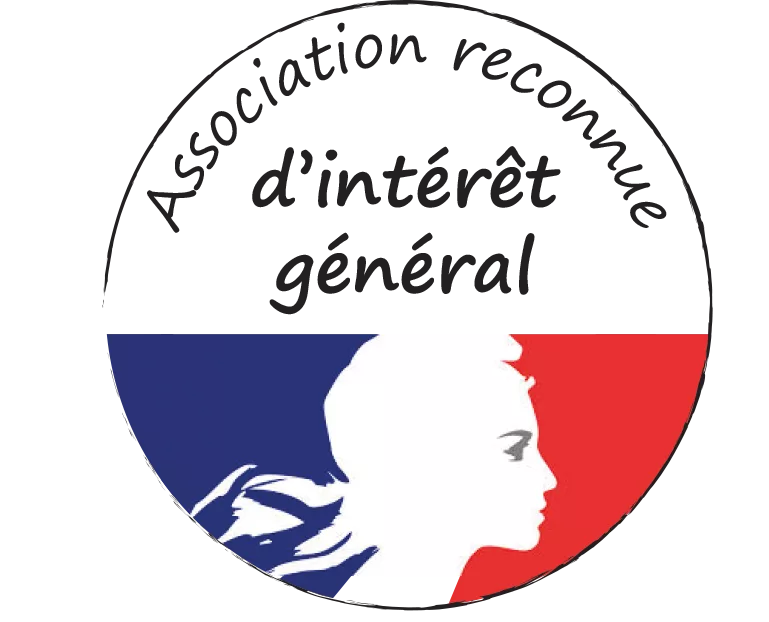
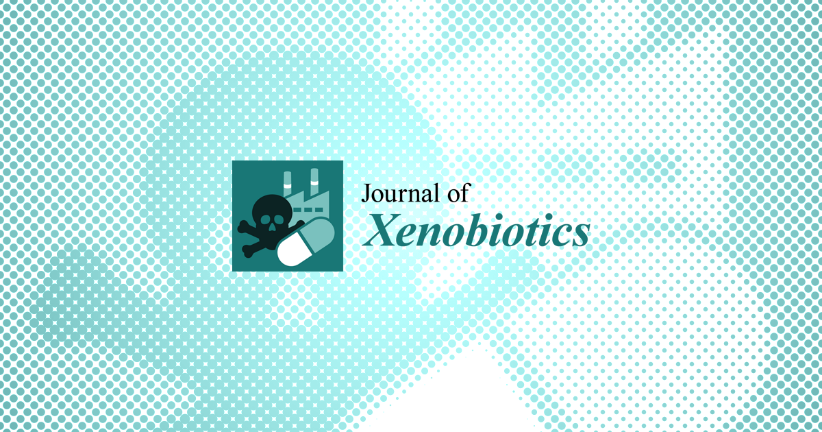
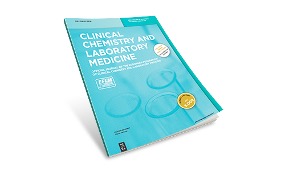


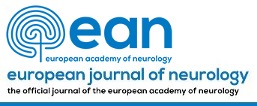
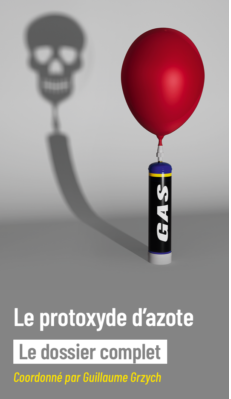
 Faire un don
Faire un don